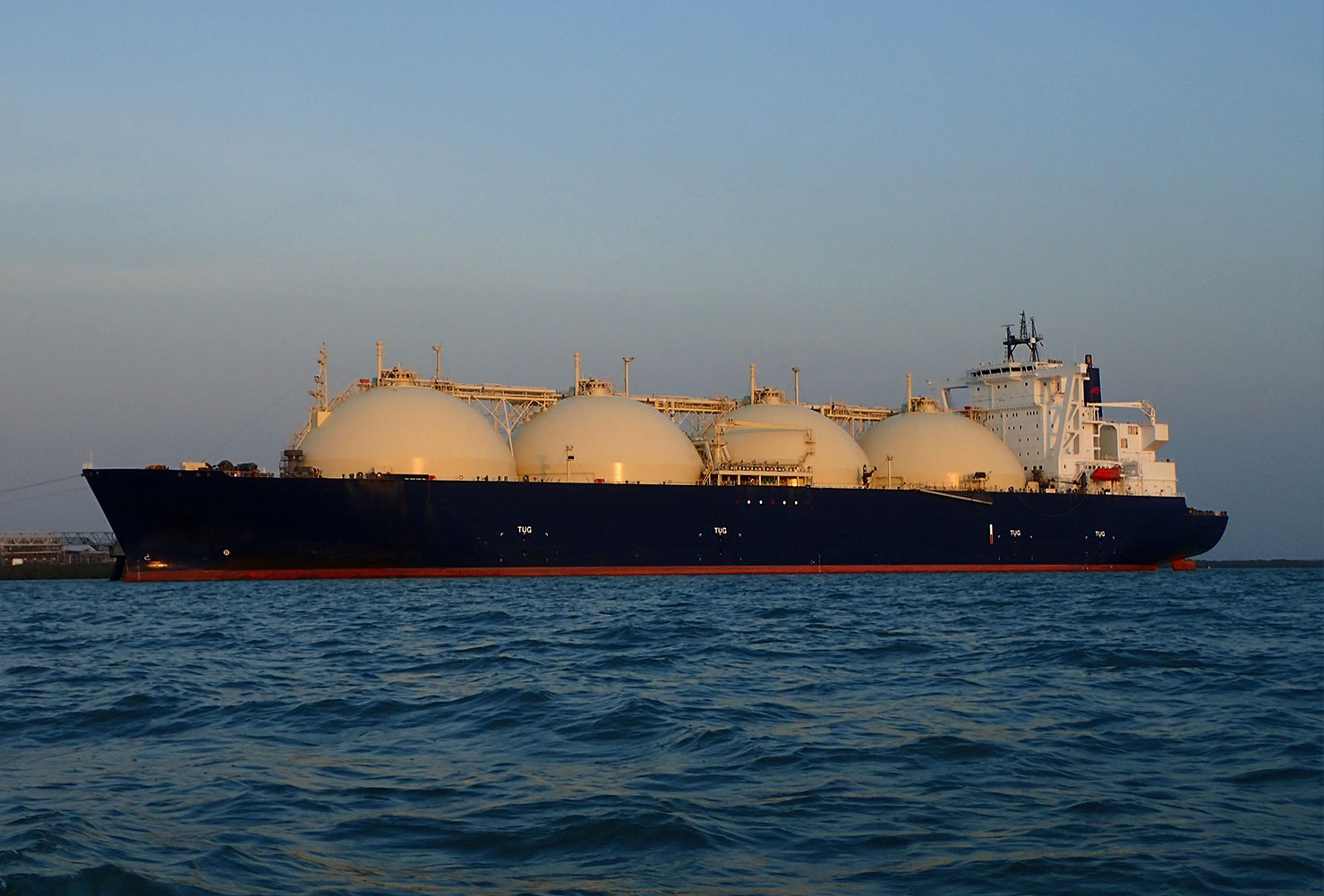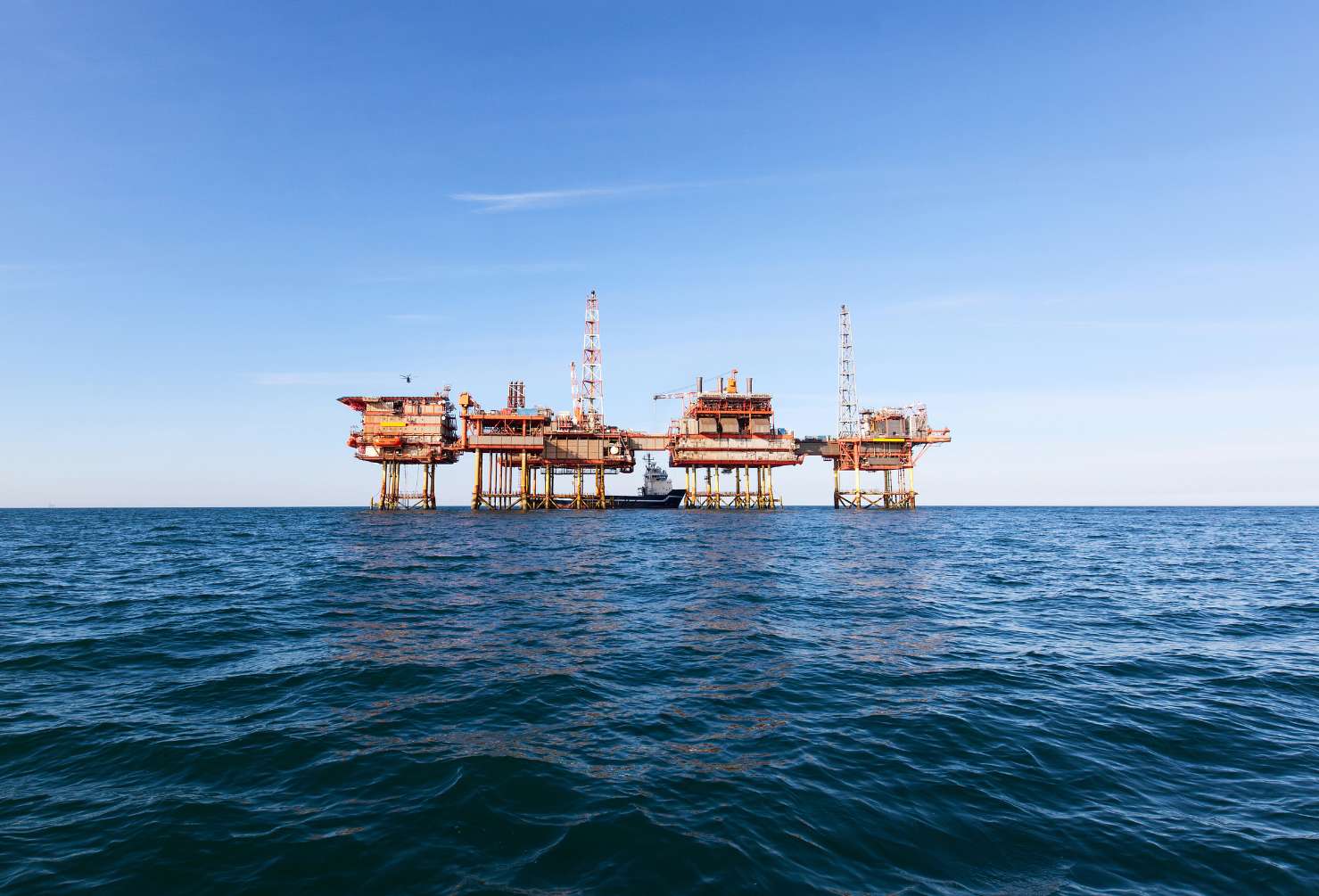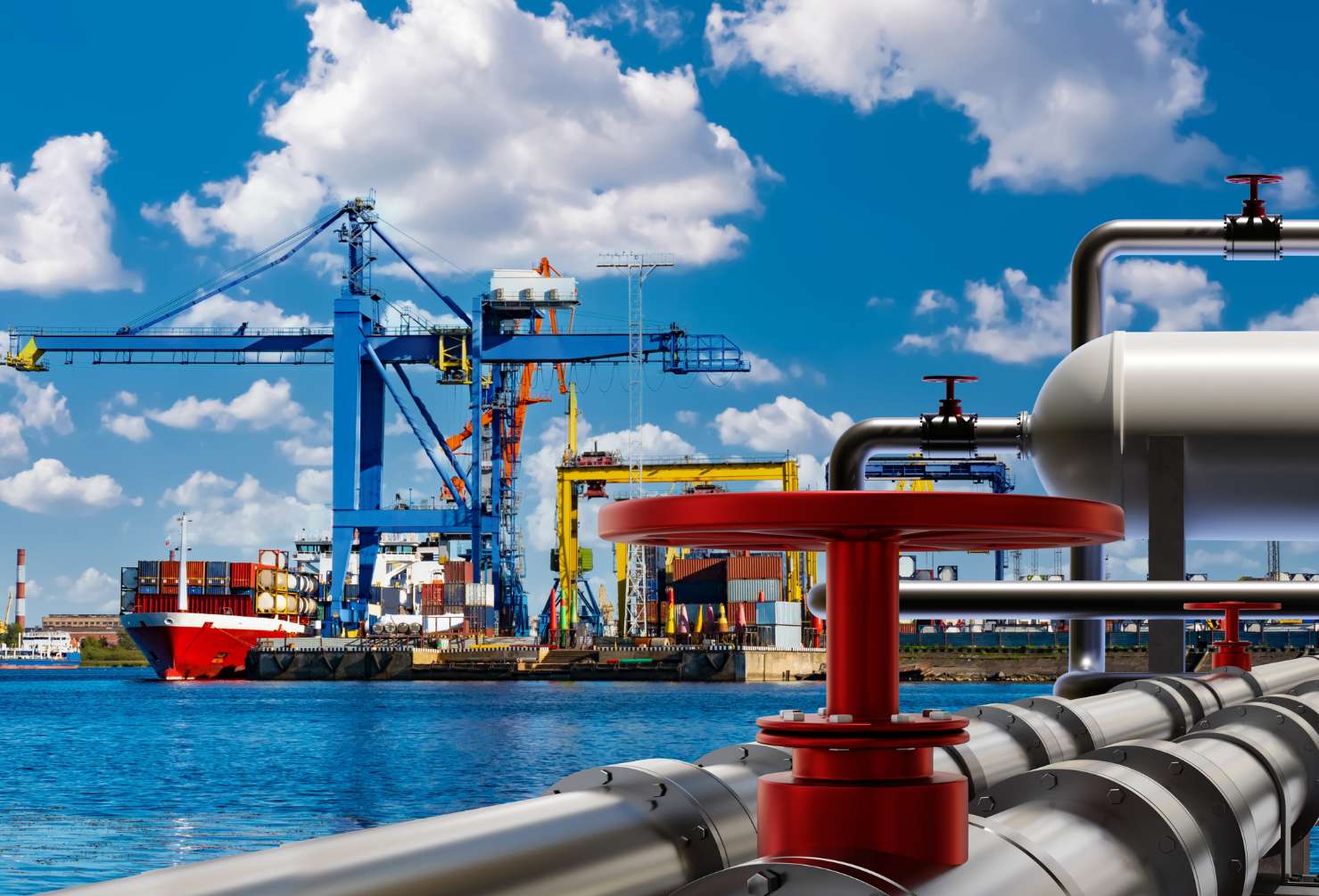
As Australia faces growing pressure to balance domestic energy needs with export obligations, gas reservation policies are once again front and centre in national debate. With energy costs rising and new supply projects lagging, both major parties have floated variations of domestic reservation frameworks, particularly targeting the east coast market.
This blog unpacks what gas reservation means, who it affects and how the 2025 policy landscape could reshape Australia’s energy market for years to come.
What Is a Gas Reservation Policy?
A gas reservation policy mandates that a certain portion of natural gas production must be set aside for the domestic market, rather than exported. In theory, this helps ensure reliable local supply and keeps prices in check for households, manufacturers and power generators.
The most well-known example in Australia is Western Australia’s long-standing reservation policy, which requires producers to reserve 15% of gas for domestic use. This has been widely credited with stabilising WA gas prices, even during periods of high global LNG demand.
Why the East Coast Is Under Pressure
Unlike WA, the east coast does not have a unified gas reservation policy. Gas produced in Queensland is exported through three major LNG terminals in Gladstone, while southern states like Victoria and NSW are experiencing declining production from mature basins such as the Gippsland.
According to the Australian Energy Market Operator (AEMO), supply shortfalls are likely by 2027 unless new sources or policies intervene.
Key Challenges:
- Rising demand from industrial and residential users
- Decreasing production in legacy fields
- High global LNG prices pulling exports away from local buyers
The Coalition’s Gas Reservation Proposal (2025)
In the lead-up to the 2025 election, the Coalition has proposed a national gas reservation policy for the east coast, with the goal of reducing prices below $10 per gigajoule. This would involve capping exports or requiring producers to guarantee a baseline of domestic supply before shipping gas overseas.
Supporters argue this would:
- Increase energy security
- Protect manufacturers and consumers from volatile global prices
- Create a more predictable investment environment for domestic infrastructure
However, critics (including some major gas producers) have raised concerns:
- It could disincentivise exploration and new project development
- Long-term export contracts may be breached or renegotiated
- It may trigger unintended price spikes in international markets, affecting trade relations
What Industry Leaders Are Saying
Gas majors like Santos and Woodside have warned that market intervention may threaten project economics, particularly for export-driven fields like Barossa and Scarborough.
Industry groups argue that instead of forced reservation, governments should:
- Streamline project approvals
- Encourage upstream investment
- Improve pipeline infrastructure between supply and demand zones
Meanwhile, manufacturers and energy users continue to lobby for intervention, citing unaffordable input costs and threats to domestic job security.
How This Affects LNG Exporters
Australia is one of the world’s largest LNG exporters, with long-term contracts in place across Asia. Any reservation requirement could challenge the balance between:
- Honouring international contracts
- Ensuring domestic supply
- Maintaining project profitability
LNG operators may face new conditions on project approvals or expansion plans, requiring a portion of future capacity to be ringfenced for Australian use.
Domestic Market Implications
A gas reservation policy could bring short-term relief to east coast buyers, but outcomes would depend heavily on how the policy is designed and enforced.
Possible effects include:
- Price relief for manufacturers and power generators
- Increased transparency around supply obligations
- Reduced investment in high-cost or marginal fields
- Shifts in project financing if export earnings are limited
In short: the benefits may come at a cost and not all stakeholders will be affected equally.
What It Means for the Workforce
For oil and gas professionals, the ripple effects of reservation policies could include:
- More activity in projects geared toward domestic use
- New compliance and regulatory roles to manage supply obligations
- Regional workforce shifts as the east coast becomes more strategically important
- Contractual uncertainty for roles tied to LNG export terminals or future trains
Trades and operations roles are unlikely to vanish, but where and how work is delivered may shift.
Looking Ahead: Key Questions
As gas reservation continues to dominate energy policy discussions, key questions remain:
- Will a national reservation model follow WA’s 15% policy?
- Can domestic price targets be met without discouraging new supply?
- How will investors respond to more government intervention?
- What role will state governments play in enforcing supply mandates?
The 2025 election may provide some answers, or raise more.
Final Thoughts
Gas reservation policy is no longer just a WA issue, it’s a national debate. With pressure mounting on the east coast gas market, the next phase of policy intervention could reshape the way Australia produces, prices and prioritises its natural gas.
At Enxgy, we’re keeping a close eye on how these developments affect projects, people and long-term workforce planning. Whether you’re on the tools or managing the strategy, understanding the policy landscape is critical to staying ahead.





